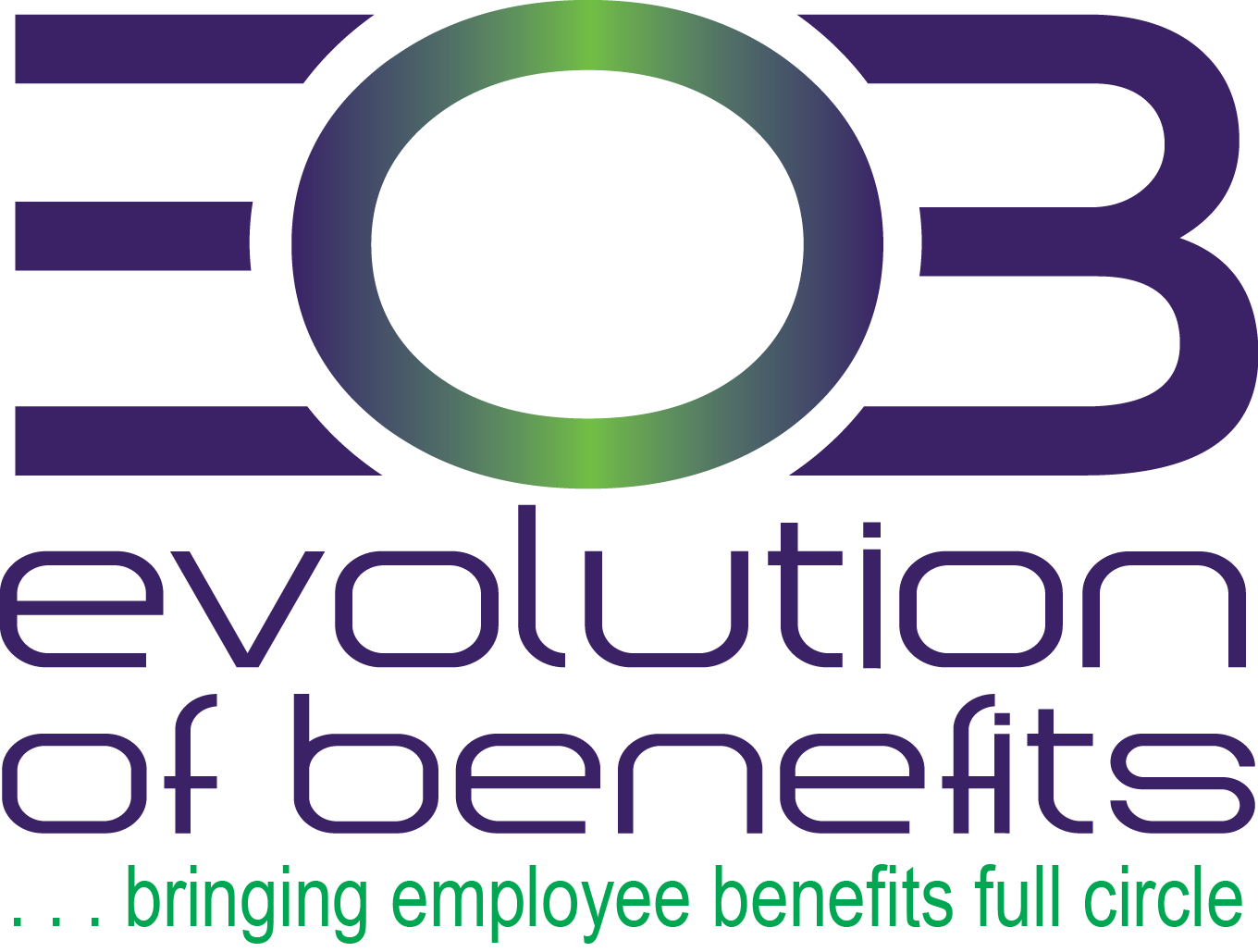Compliance Tracker – October

Upcoming Compliance Dates:
A | Provide ICHRA Notice for 2025 Plan Year (Calendar-year Plans Only) – Oct. 3, 2024
Employers that offer individual coverage health reimbursement arrangements (ICHRAs) that operate on a calendar-year basis must provide notice to eligible employees by Oct. 3, 2024.
B | Provide QSEHRA Notice for 2025 Plan Year (Calendar-year Plans Only) – Oct. 3, 2024
Employers that offer qualified small employer health reimbursement arrangements (QSEHRAs) that operate on a calendar-year basis must provide notice to eligible employees by Oct. 3, 2024.
C | Provide Medicare Part D Notices – Oct. 14, 2024
Employers must notify Medicare-eligible individuals by Oct. 14, 2024, whether the health plan’s prescription drug coverage is creditable or noncreditable.
D | File Form 5500 (Extended Deadline for Calendar-year Only Plans) – Oct. 15, 2024
Employers with calendar-year employee benefit plans that applied for the automatic 2.5-month filing
extension must file Form 5500 for the 2023 plan year by Oct. 15, 2024.
News Brief: Major Employers Signal Return to Office

The JLL’s Future of Work survey revealed that the number of organizations expecting employees to work on-site full timesurged to 44% in 2024 compared to 34% in 2022. According to the survey respondents, 95% of employers now require employees to be on-site at least one day per week.
More employers worldwide are becoming “office advocates,” scaling back flexible work policies and mandating five-day in-office work weeks. Meanwhile, the percentage of “hybrid adopters,” or those who allow employees to work from home at least once a week, dropped from 77% in 2022 to 56% in 2024.
“There is now a broadly even split between those organizations which favor some form of hybrid work styles and those expecting to see employees back in the office full time.”
-JLL’s 2024 The Future of Work report
Legal Update: New Notice Requirement for the Fixed Indemnity Coverage for 2025

Employers offering fixed indemnity coverage must comply with a new notice requirement for plan years beginning on or after Jan. 1, 2025. The new notice is designed to explain the limitations of fixed indemnity coverage and help prevent employees from mistakenly selecting such coverage as an alternative to or replacement for traditional health coverage.
Employers with fixed indemnity policies should ensure that enrollment,application and marketing materials for the 2025 plan year include the required notice.
Compliance Overview – Employee Assistance Programs

Employee assistance programs (EAPs) are work-based intervention programs that connect employees with resources to identify and address personal problems. EAPs typically include a variety of services to help employees remain healthy and productive, such as mental health counseling, substance use disorder counseling, financial advising, legal services, and resources to address family issues and other personal challenges. EAPs are usually offered at no cost to employees by third-party vendors. They can also be provided as a component of the employer’s group medical plan.
This Compliance Overview summarizes key requirements for EAPs. Employers sponsoring EAPs should ensure they are familiar with these compliance requirements.
News Brief: Mercer Report Projects 5.8% Health Benefits Cost Increase in 2025

U.S. employers estimate that health benefit costs will increase by 5.8% in 2025, according to Mercer’s
2024 National Survey of Employer-sponsored Health Plans. This would mark the third consecutive year that the total cost per employee rose more than 5%. The report attributed the higher costs to the widening gap between the supply of health care workers and the demand for health care services, along with costly behavioral health care and glucagon-like peptide-1 (GLP-1) medications.
The report included an analysis of responses from more than 1,800 employers nationwide. Employers estimated that their costs would rise by an average of 7% if they took no action to lower costs. Not surprisingly, smaller employers (organizations with 50-499 employees) estimate being impacted the most, reporting that costs would rise by an average of 9% if they took no action to lower costs. Mercer’s figure is in the 7%-9% range, lining up with other industry reports, such as Aon and the International Foundation of Employee Benefit Plans.
“While we’ve seen significant increases in utilization in a fewareas, such as for behavioral health care and GLP-1 medications,overall utilization has had a relatively modest impact on trend this year. The biggest driver of higher costs is price dynamics,some of which are macro in nature.”
-Sunit Patel, Mercer’s U.S. chief actuary for health and benefits
Compliance Bulletin – Legal Considerations for Employee Terminations

Employee terminations are often complicated, and if not conducted properly, employers can open themselves up to costly legal challenges and negatively affect their business or reputation. Understanding the legal obligations of employee terminations can help employers ensure this process is conducted in a manner that minimizes legal risks and accounts for various business considerations.
Legal Update: All Draft Forms & Instruction for ACA Reporting Now Available

In July 2024, the IRS released draft 2024 forms for reporting under Internal Revenue Code Sections 6055 and 6056. Thereafter, on Sept. 4, 2024 and Sept.13, 2024, respectively, the draft instructions for the B series forms and C series forms were released.
- The 2024 draft Forms 1094-B and 1095-B (and related draft instructions) are draft versions of forms and instructions that will be used by providers of minimum essential coverage—including self-insured plan sponsors that are not applicable large employers (ALEs)—to report under Section 6055.
- The 2024 draft Forms 1094-C and 1095-C (and related draft instructions) are draft versions of forms that will be used by ALEs to report under Section 6056 as well as for combined Section 6055 and 6056 reporting by ALEs that sponsor self-insured plans.
No major changes were made to the draft forms or instructions for 2024 reporting. However, certain changes may be made once the forms and instructions are finalized.
Career Elevator: Enhancing Your Workplace Value (September)

In today’s dynamic and competitive job market, demonstrating and elevating your workplace value is essential for career growth and job satisfaction. Whether seeking a promotion or simply looking to solidify your position within your company, focusing on your workplace value can help you achieve your professional goals.
Compliance Bulletin – Health Plans Must Update HIPAA Policies for New Reproductive Health Care Rights

Beginning Dec. 23, 2024, covered entities and their business associates must comply with stricter
HIPAA privacy protections for reproductive health care. These new protections prohibit regulated entities from using or disclosing protected health information (PHI) related to lawful reproductive health care:
- For a criminal, civil or administrative investigation into (or proceeding against) a person in connection with reproductive health care; or
- To identify an individual, health care provider or other person for purposes related to such an investigation or proceeding.
In addition, regulated entities must obtain a valid attestation when a request is made to use or disclose PHI potentially related to reproductive health care for certain purposes to ensure that the use or disclosure is permissible.
Legal Update: 5th Circuit Upholds DOL’s Authority to Set Minimum Salary Requirement for White-collar Exemptions

On Sept. 11, 2024, in Mayfield v. U.S. Department of Labor, the U.S. Court of Appeals for the 5th Circuit held that the U.S. Department of Labor’s (DOL)authority to define and delimit the terms of the executive, administrative and professional (EAP) exemptions includes the power to set a minimum salary for exemption under the Fair Labor Standards Act (FLSA).




















